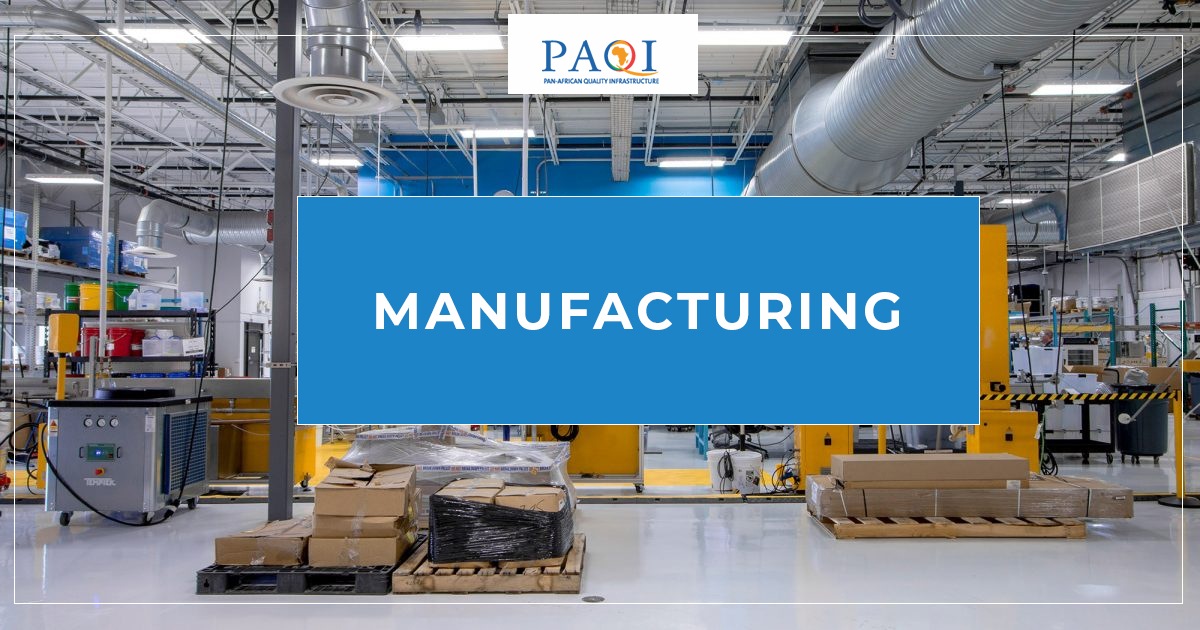Trending
Manufacturing
- Authored By PAQI (Pan African Quality Infrastructure)
- 14 Chapters
- 58 Student Enrolled
Course Overview
There are several attributes that can contribute to what a customer considers a quality product or service and these include:
• Performance
• Features
• Reliability
• Conformance
• Durability
• Serviceability
• Aesthetics
• Perceived quality
Course Curriculum
Quality of a product or service is crucial in keeping the customers satisfied. But what is quality?
The quality of a product or service not only includes their intended function and performance, but also their perceived value and benefit to the customer.
Many tools and approaches have been developed to assist businesses to effectively strategize and implement coordinated practices for achieving quality – hence the term ‘Quality Management’. These tools assist organisations to develop a culture of quality that results in effective sustained quality assurance, promotes innovations and growth - efficiently and sustainably.
According to International Organisation for Standardisation, (ISO), "TQM –Total Quality Management, is a management approach for an organization, centred on quality, based on the participation of all its members and aiming at long-term success through customer satisfaction, and benefits to all members of the organization and to society."
A Quality Maturity Model defines strategies and approaches for implementing and institutionalizing Quality Assurance strategies in an organization from Initial level to continuous improvement level. The model consists of five maturity levels that reflect a degree of Quality Assurance (QA) process maturity.
Standards set out agreed principles or criteria for a particular product, service or practice. Standards (if implemented) result in consistency of essential features of goods and services such as: quality, safety, reliability, compatibility, interoperability, efficiency and effectiveness, good management of natural resources, sustained ecological systems, etc. Standards are enabling tools for the sustained production/provision of quality goods/services; they are enablers of assurance of quality to consumers and hence facilitate trade nationally and internationally.
Standards are developed within an open process that gives stakeholders, including consumers, the opportunity to express their views and have those views considered.
Standards can be categorized according to the function they need to perform.
Standardization is the activity of establishing agreed criteria that provide a reliable basis on which common expectations can be shared regarding specific characteristics of a product (including a service) or a process.
Sanitary and Phytosanitary (SPS) measures are technical regulations established by countries to ensure that food is safe for consumers, and to prevent the spread of pests or diseases among animals and plants. These SPS measures can take many forms
SMEs face various challenges when implementing quality standards in manufacturing.
Eco-labelling provides businesses with a way of measuring performance and communicating the environmental credentials of their products or services.
ARSO has developed a web-based tool - ARSO DISNET - to be a “one-stop-shop” source of comprehensive information on standards-related measures (standards, technical regulations, and conformity assessment procedures) play a critical role in shaping the flow of international trade.
Final Test...
Authored By
